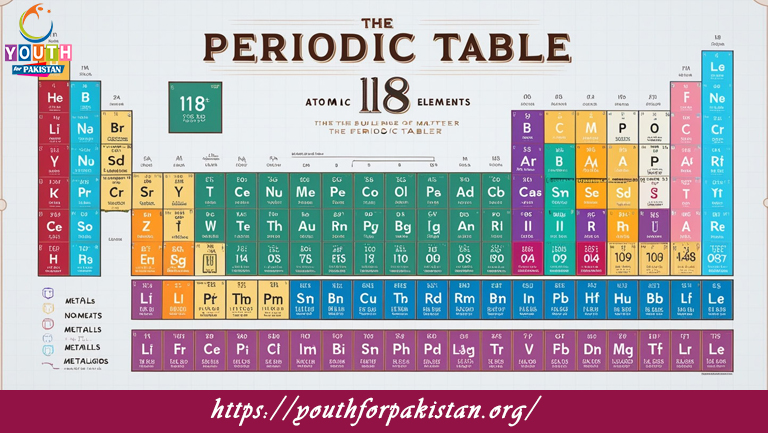Group Trends Atomic Radii MDCAT Quiz: Understanding Group Trends in Atomic Radii is one of the crucial topics in the MDCAT syllabus for mastery of periodic trends. The atomic radius is such a central concept in chemistry that describes how the size of atoms varies across a period and down a group. This trend influences many chemical properties, so it is an essential topic for MDCAT aspirants. With this understanding, students will ace the molecular structure, bonding, and reactivity patterns that are very commonly tested in exams.
Quiz: Master Group Trends in Atomic Radii
Engage with our expertly crafted MDCAT Quiz to test your knowledge of atomic radii trends. These quizzes are designed to simulate real exam scenarios to ensure you gain confidence and precision. As you solve the questions, you will develop a deeper understanding of why atomic size decreases across periods and increases down groups. This practice will solidify your preparation and give you an edge in the competitive exam.
0Get Your Username and Password for MDCAT Tests
Sign Up Now
Free Flashcard: Key Points on Atomic Radii Trends
Our Free Flashcard set on atomic radii trends provides concise, easy-to-digest information to support quick revision. These flashcards include definitions, exceptions, and graphical representations of trends, aiding your ability to recall details effectively. With their compact and engaging design, they are perfect for on-the-go learning and last-minute preparation.
Dive into this topic with confidence using our high-quality resources and tools. Master the trends of atomic radii and improve your MDCAT chemistry preparation through our interactive quizzes and flashcards tailored for success.

How does atomic radius change across a period from left to right?

How does the atomic radius change as you go down a group?

Which element has the smallest atomic radius?

What is the general trend in atomic radius as you go down Group 1?

Which of the following elements has the largest atomic radius?

What happens to atomic radii as the number of electron shells increases?

Which element has the largest atomic radius in Period 3?

How does the atomic radius of an element change as its nuclear charge increases?

Which of the following elements has the smallest atomic radius in Group 2?

What happens to the atomic radius as the effective nuclear charge increases?

Which element has the largest atomic radius in Period 2?

How does the atomic radius change across Period 3 from left to right?

Which element has the smallest atomic radius in Period 4?

How does the atomic radius of noble gases compare to the atomic radius of halogens?
Noble gases have smaller radii

As you move across a period, what happens to the atomic radius?

What is the atomic radius trend in Group 17 (halogens)?

How does the number of protons in the nucleus affect atomic radius?

What is the atomic radius trend as you go from left to right across a period?

How does the atomic radius of alkali metals compare to that of alkaline earth metals?
Alkali metals have larger radii

How does the addition of more electrons in the same energy level affect atomic radius?

Which element has the smallest atomic radius in Group 1?

What happens to the atomic radius as you go down Group 18?

How does atomic radius vary in transition metals across a period?

What happens to the atomic radius of an ion compared to its neutral atom?

Which element has the largest atomic radius in Period 4?

How does the addition of more shells affect the atomic radius?

What happens to the atomic radius as the ionization energy increases?

Which element has the smallest atomic radius in Group 18?

What is the trend in atomic radius as you move across Period 5?

How does atomic radius change with increasing effective nuclear charge?
Experience the real exam environment with our expertly designed collection of over 25,000 MCQs MDCAT Mock Tests.
View Your Dashboard







